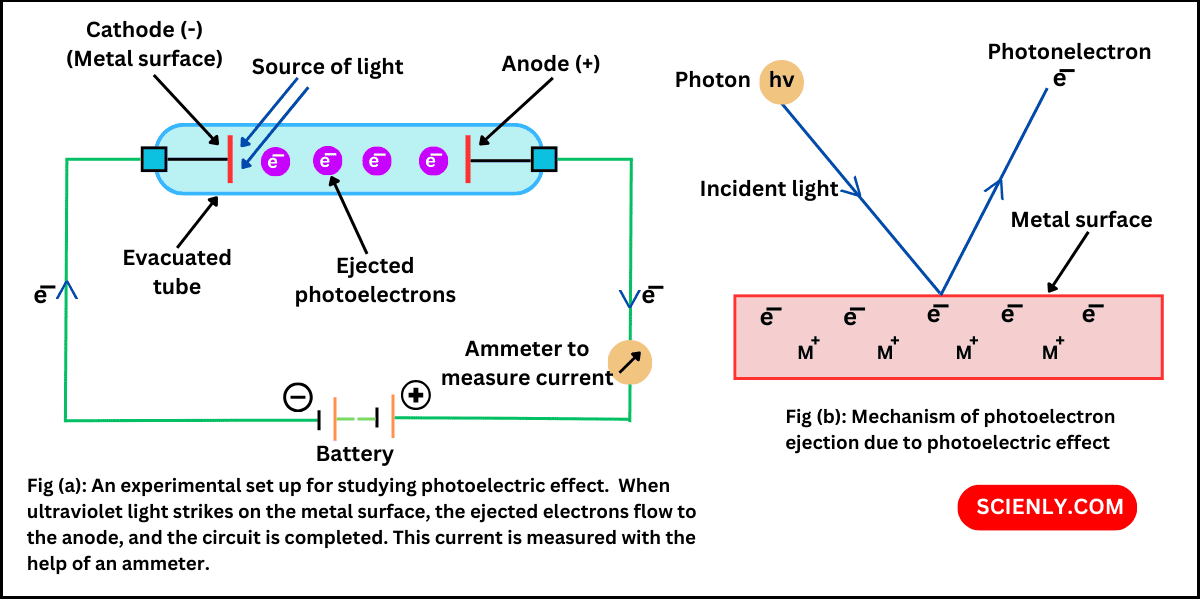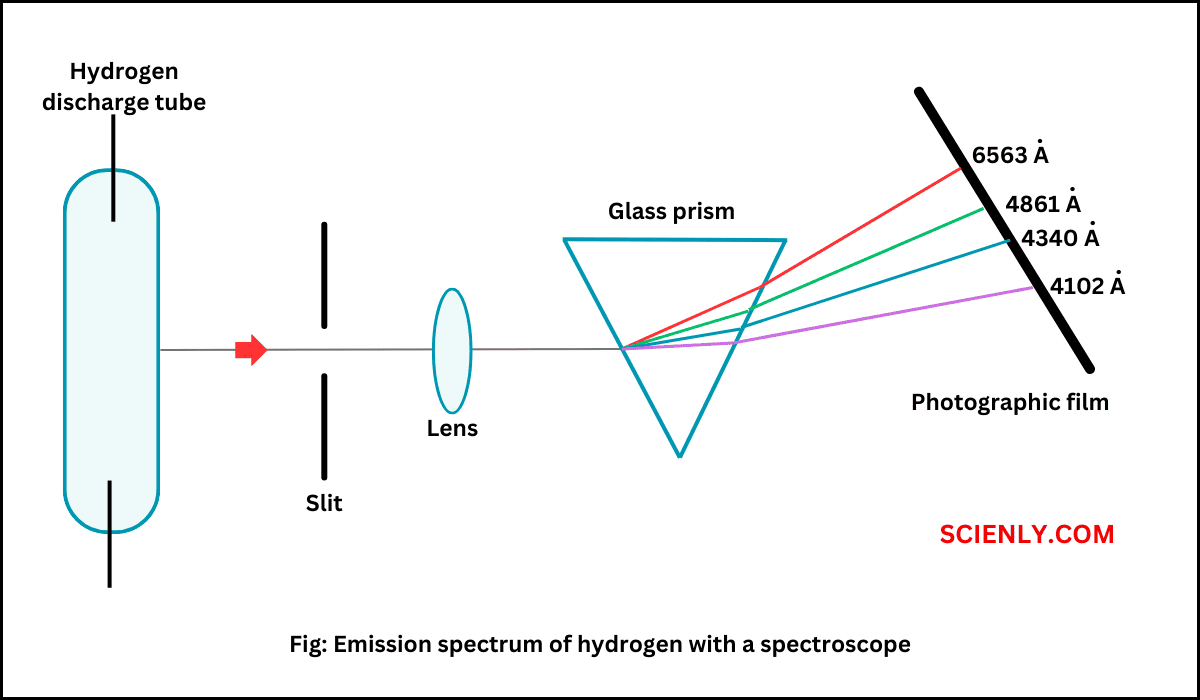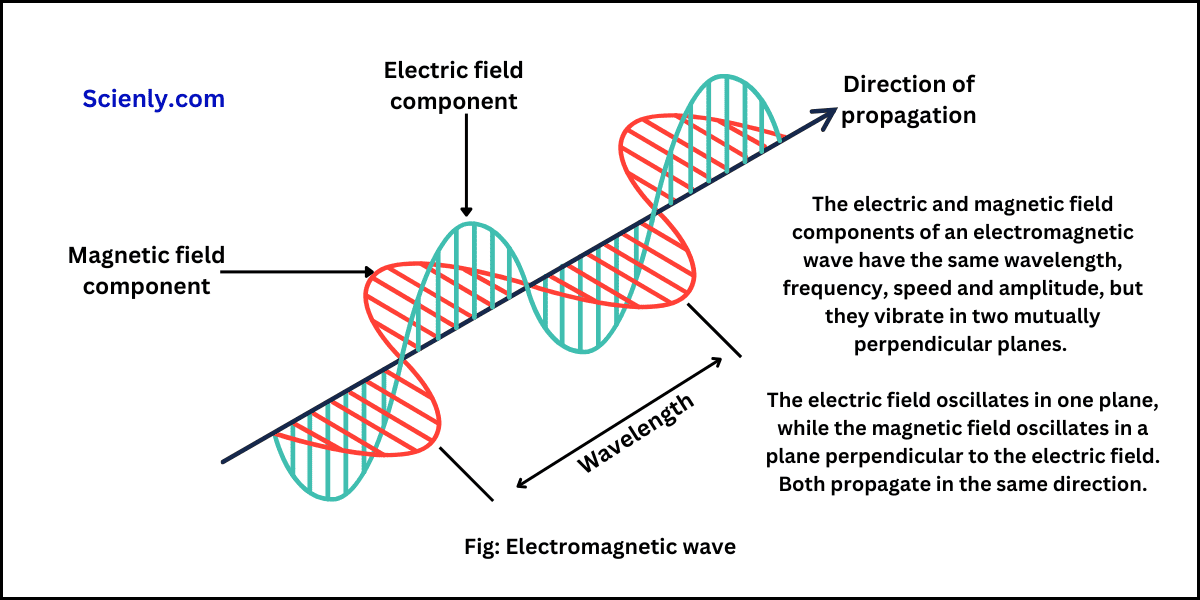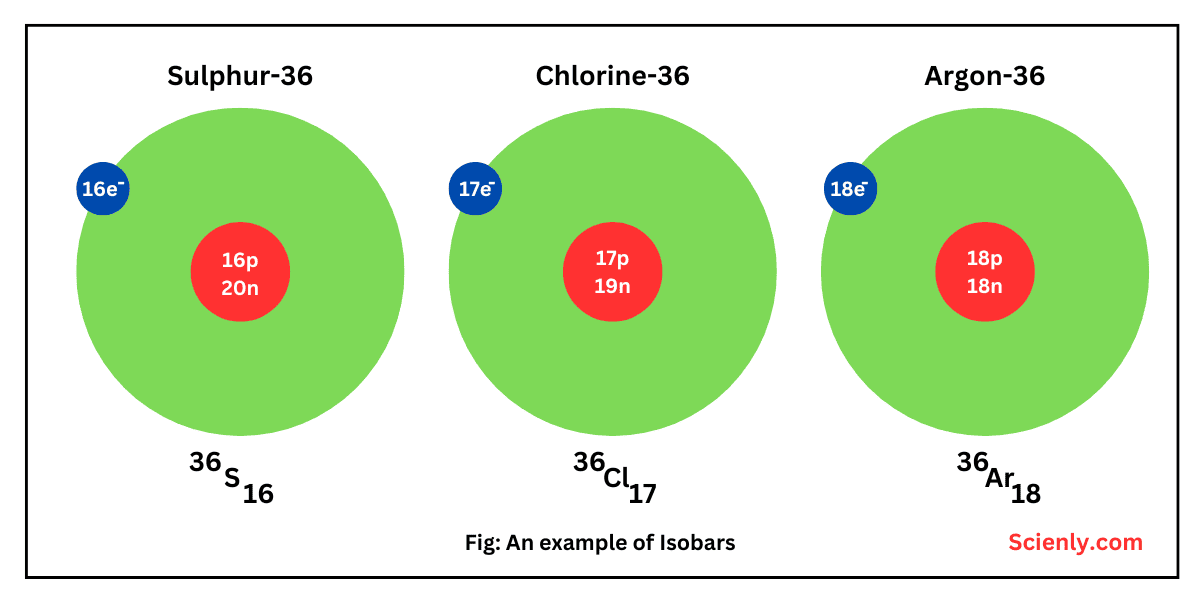Atomic Structure

Photoelectric Effect
Heinrich Hertz in 1887 discovered that when a beam of light of suitable high frequency strikes on a clean metal plate (such as cesium) in vacuum, electrons are ejected (or emitted) from the surface of the metal plate. This phenomenon…
Planck’s Quantum Theory: Quantization of Energy
In this chapter, you will learn about the Planck’s quantum theory. Before going to learn about this theory, we will understand some few things. The wave nature of electromagnetic radiation could successfully explain some of the experimental phenomenon such as…
Drawbacks of Bohr’s Atomic Model
In this chapter, we will understand the drawbacks of Bohr’s atomic model in detail. Niels Bohr’s atomic model or theory successfully explained in a very systematic way the spectra of hydrogen atom and hydrogen like ions such as He+, Li2+,…

Bohr’s Atomic Model: Postulates
In this chapter, we will explore Bohr’s atomic model and its postulate. We will also see the derivation of radius of Bohr’s orbit, velocity of an electron, and energy of an electron in each orbit. Rutherford’s nuclear model of the…

Hydrogen Spectrum: Lyman, Balmer, Paschen, Brackett
The hydrogen spectrum refers to the spectrum of light emitted or absorbed by hydrogen atoms. It is an example of the line emission spectrum or atomic emission spectrum. When an electric discharge is passed through hydrogen gas contained in a…

What is Spectrum: Types of Spectrum
A spectrum is the impression or pattern formed on a screen when electromagnetic radiation of particular wavelengths is analyzed and dispersed using a prism or diffraction grating. In simple words, a series of coloured bands (wavelengths) produced when light is…

Electromagnetic Spectrum: Definition, Examples
Electromagnetic spectrum is the arrangement of all the electromagnetic radiations or waves in the increasing order of their wavelengths or decreasing order of their frequencies. In simple words, the electromagnetic spectrum describes the range of many electromagnetic radiations, which differ…

Wave Nature of Electromagnetic Radiation
In this chapter, we will understand the wave nature of electromagnetic radiation with its definition, characteristics, and examples. We know that light is an important form of energy. Isaac Newton proposed the corpuscular theory of light, which regarded the light…
What are Isotones: Definition, Examples
The atoms of different elements containing the same number of neutrons, but different atomic number (or different number of protons and electrons) are called isotones. In simple words, isotones are atoms or nuclei of different elements that contains an identical…

What are Isobars: Definition, Examples, Difference
When the atoms of different elements have the same mass number but different atomic number, then they are called isobars in chemistry. As the mass number is equal to the sum of the number of protons and neutrons present inside…



